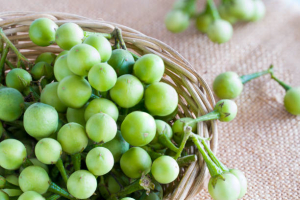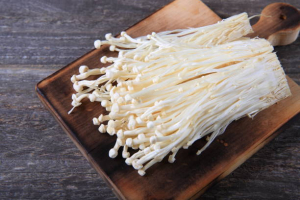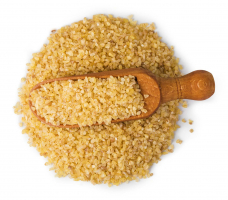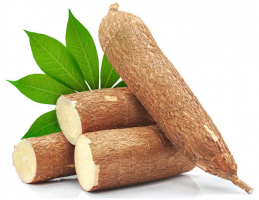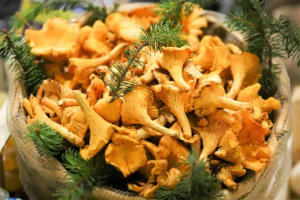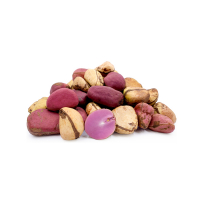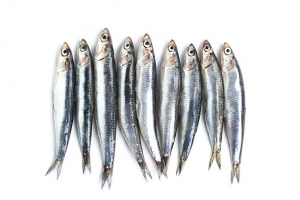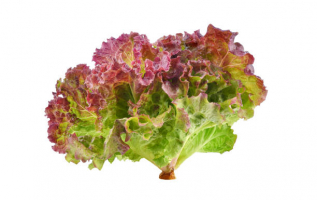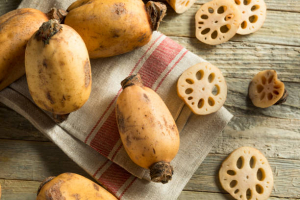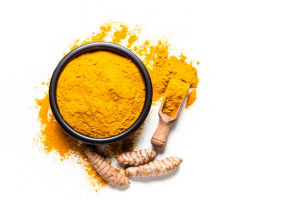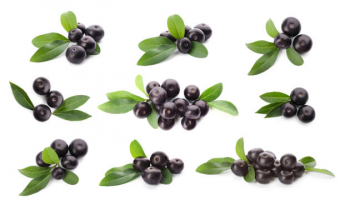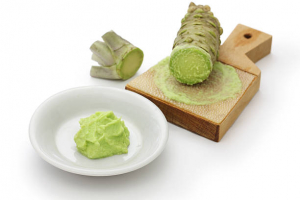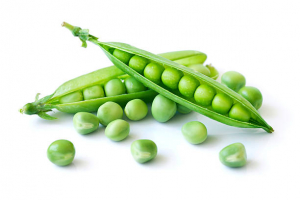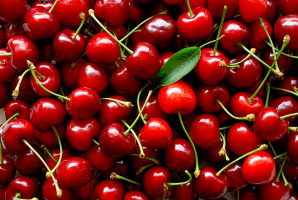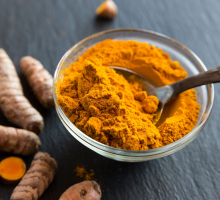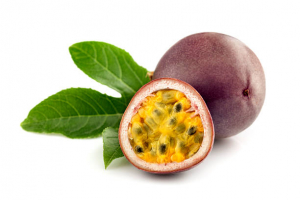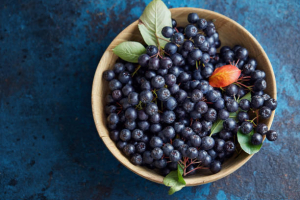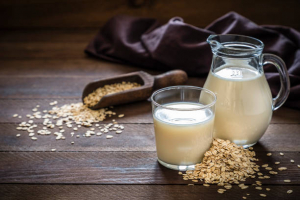Top 7 Health Benefits of Parsley
The blooming plant parsley is native to the Mediterranean. French curly-leaf and Italian flat-leaf are the two most frequent varieties. Parsley has long been ... read more...used to treat ailments such as high blood pressure, allergies, and inflammatory disorders. It is now commonly used as a fresh culinary herb or dried spice. It has a vivid green hue and a moderate, bitter flavor that complements many dishes. Let's look at the best Parsley health advantages.
-
Parsley offers many more nutrients than people suspect. A 1/2 cup (30 grams) of fresh, chopped parsley provides:
- Calories: 11 calories
- Carbs: 2 grams
- Protein: 1 gram
- Fat: less than 1 gram
- Fiber: 1 gram
- Vitamin A: 108% of the Reference Daily Intake (RDI)
- Vitamin C: 53% of the RDI
- Vitamin K: 547% of the RDI
- Folate: 11% of the RDI
- Potassium: 4% of the RDI
The plant is high in vitamins, especially vitamin K, which is essential for blood clotting and bone health. Parsley is particularly high in vitamins A and C, which are key antioxidant minerals. Furthermore, it is low in calories while being high in flavor, making it an excellent low-calorie component for a variety of cuisines.
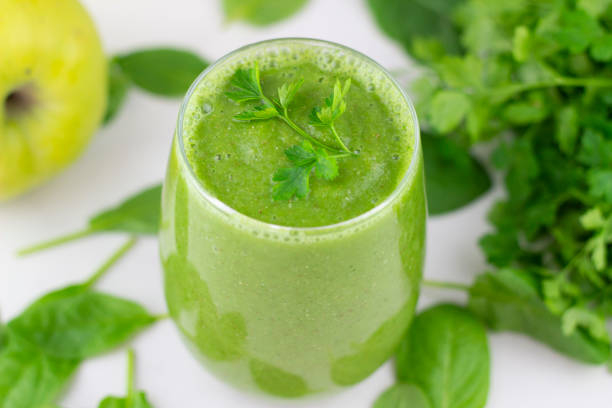
Contains many important nutrients 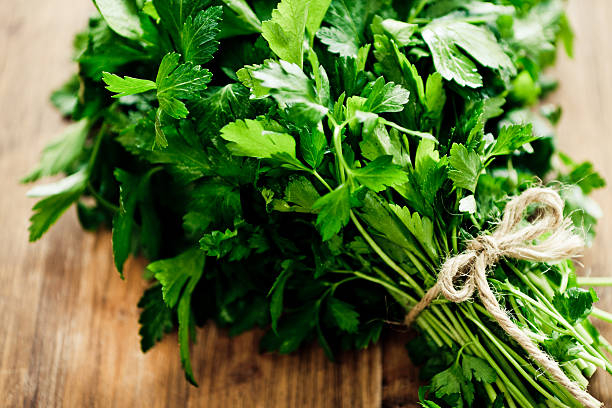
Contains many important nutrients -
Parsley has a lot of antioxidants that are good for your health. Antioxidants are chemicals that protect cells from cellular damage caused by molecules known as free radicals. To sustain optimal health, your body requires a healthy balance of antioxidants and free radicals. The aromatic plant is particularly high in flavonoids, a kind of antioxidant. Myricetin and apigenin are the two most important flavonoids. Flavonoids-rich diets may reduce the risk of illnesses such as colon cancer, type 2 diabetes, and heart disease, according to research.
Furthermore, beta carotene and lutein are carotenoids, which are antioxidants. Many studies link increased carotene intake to a lower risk of various illnesses, including lung cancer. Vitamin C has significant antioxidant properties and is essential for immunological function and the prevention of chronic illness. Dried parsley may have more antioxidants than fresh sprigs. According to one research, the dried plant has 17 times the antioxidant capacity of its fresh cousin.
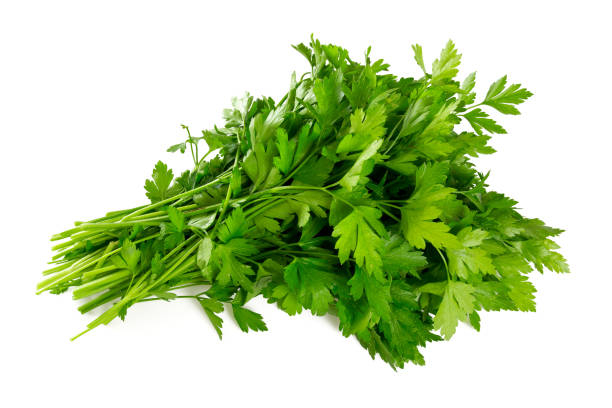
Rich in antioxidants 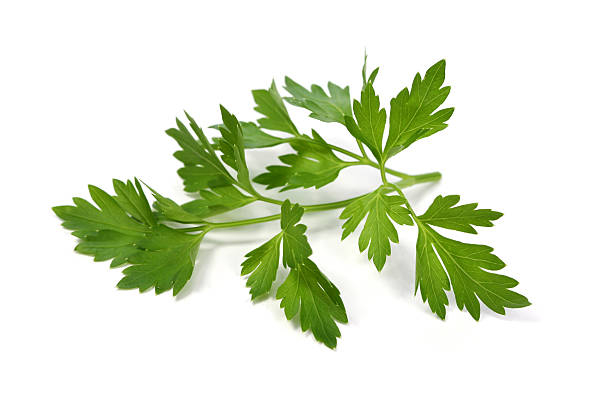
Rich in antioxidants -
To be healthy and strong, your bones require varying levels of vitamins and minerals. Parsley is high in vitamin K, which is necessary for bone health. A 1/2 cup (30-gram serving) contains 547 percent of the RDI. Vitamin K promotes bone health by supporting bone-building cells known as osteoblasts. This vitamin also activates proteins that improve bone mineral density, which is a measurement of the number of minerals in your bones.
Bone density is essential because reduced bone mineral density is linked to an increased risk of fractures, particularly in older persons. According to some research, eating foods strong in vitamin K may lessen your risk of fractures. According to one study, a higher vitamin K consumption was connected with a 22% decreased incidence of fractures. Vitamin K intake in the average diet may be below the amounts required to increase bone mineral density and minimize fracture risk. As a result, consuming vegetables like parsley may be beneficial to bone health.
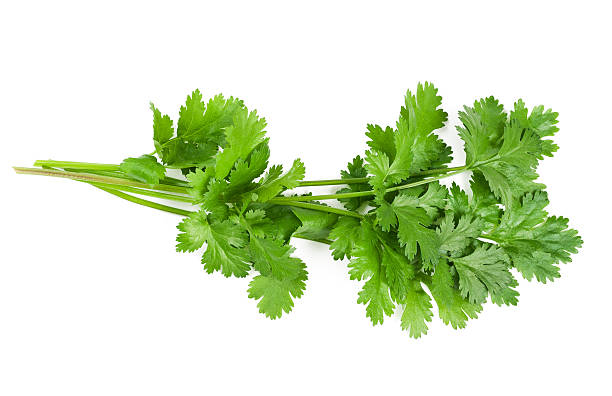
Supports bone health 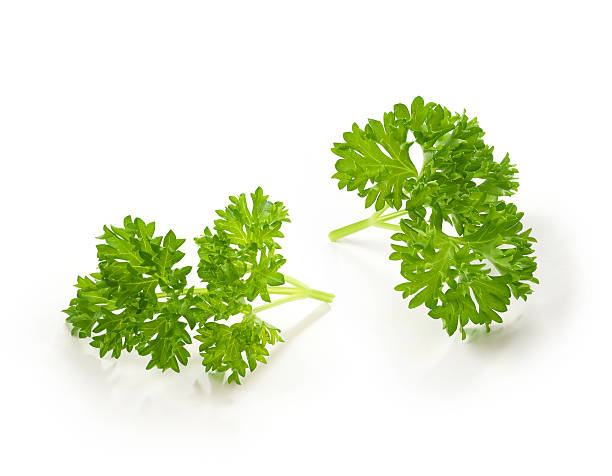
Supports bone health -
Plant chemicals found in parsley may have anticancer properties. Oxidative stress, defined as an imbalance in antioxidant and free radical levels, has been linked to the development of several chronic illnesses, including cancer. Parsley is high in flavonoid antioxidants and vitamin C, which help to minimize oxidative stress in the body and may lessen the risk of some malignancies. A high dietary intake of flavonoids, for example, may lower the risk of colon cancer by up to 30%.
Furthermore, subgroups of some flavonoids in parsley, such as myricetin and apigenin, have shown anticancer action in animal and test-tube experiments. Furthermore, eating vitamin C-rich foods may lower your risk of cancer. A half-cup (30 grams) of parsley contains 53% of the RDI for this vitamin. According to one study, increasing vitamin C intake by 100 mg per day lowered the incidence of total cancer by 7%. Furthermore, boosting dietary vitamin C by 150 mg per day may reduce the incidence of prostate cancer by up to 21%.

Contains cancer-fighting substances 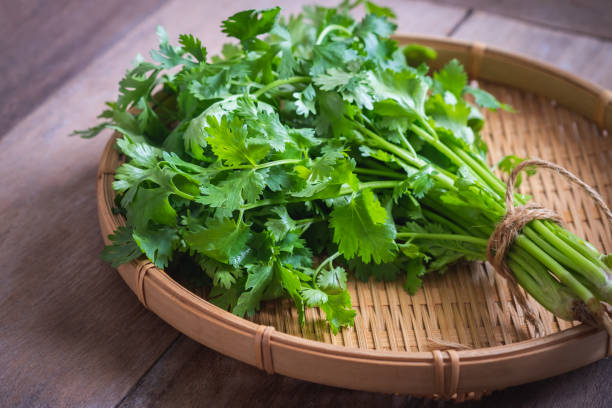
Contains cancer-fighting substances -
Three carotenoids found in parsley are lutein, beta carotene, and zeaxanthin, which help protect your eyes and support good eyesight. Carotenoids are plant pigments that have high antioxidant action. Lutein and zeaxanthin have been shown to help prevent age-related macular degeneration (AMD), an incurable eye condition that is the primary cause of blindness worldwide. In fact, consuming foods high in lutein and zeaxanthin may lower your risk of late AMD by up to 26%.
Another carotenoid that promotes eye health is beta carotene. In your body, this carotenoid may be turned into vitamin A. This beta carotene conversion explains why parsley is so high in vitamin A. A 1/2 cup (30 gram) serving of freshly cut leaves contains 108 percent of the RDI for this vitamin. Vitamin A is important for eye health because it protects the cornea (the outermost layer of your eye) and the conjunctiva (the thin membrane covering the front of your eye and the inside of your eyelids).

Rich in nutrients that protect your eyes 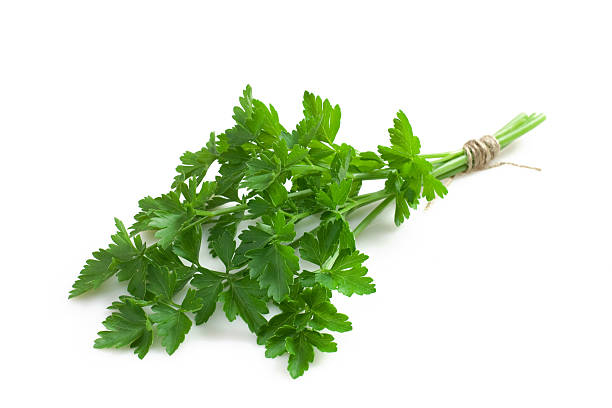
Rich in nutrients that protect your eyes -
Parsley is a nutrient-dense plant that may benefit cardiovascular health. It's a strong source of the B vitamin folate, for example, with 1/2 cup (30 grams) supplying 11% of the RDI. In certain groups, high dietary folate consumption may minimize the risk of heart disease. Comprehensive research of over 58,000 adults discovered that the greatest folate consumption was related to a 38% lower risk of heart disease. In contrast, poor folate consumption may raise your risk of heart disease. In one research of 1,980 males, those with the lowest consumption of this vitamin had a 55% increased risk of heart disease.
According to some scientists, folate helps heart health by reducing levels of the amino acid homocysteine. In certain studies, elevated homocysteine levels have been related to an increased risk of heart disease. Homocysteine can harm your heart by affecting the structure and function of your arteries. However, the link between this amino acid and cardiac disease is still debatable.
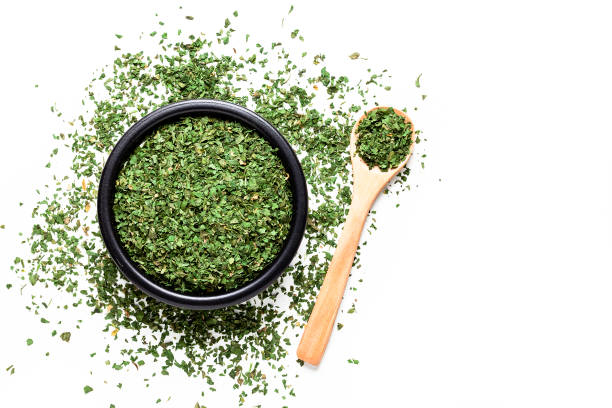
May improve heart health 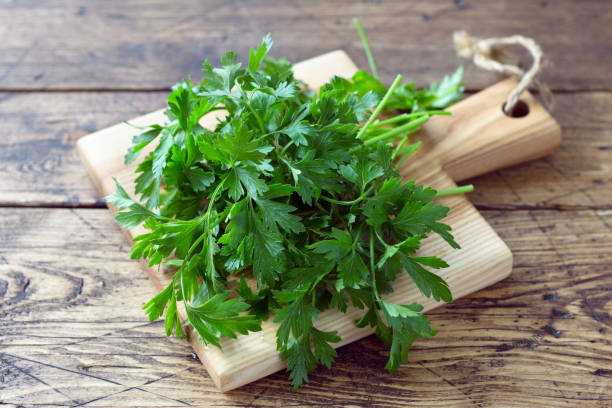
May improve heart health -
When taken as an extract, parsley may have antimicrobial properties. Test-tube research, for example, found that the extract had high antibacterial action against yeast, molds, and S. aureus, a frequent infection-causing bacterium. The extract may help inhibit bacterial development in food. Another test-tube research discovered that it inhibited the development of potentially hazardous bacteria like Listeria and Salmonella, both of which are known to cause food poisoning.
Although the extract has antibacterial potential in test-tube experiments, it has not yet been examined in humans. In test-tube tests, parsley extract was found to exhibit antibacterial characteristics. You can use the dried version as an ingredient in various recipes. It can enhance the flavor of soups, stews, and tomato sauces. Additionally, it’s often combined with other herbs in Italian-inspired recipes.

Have antibacterial properties 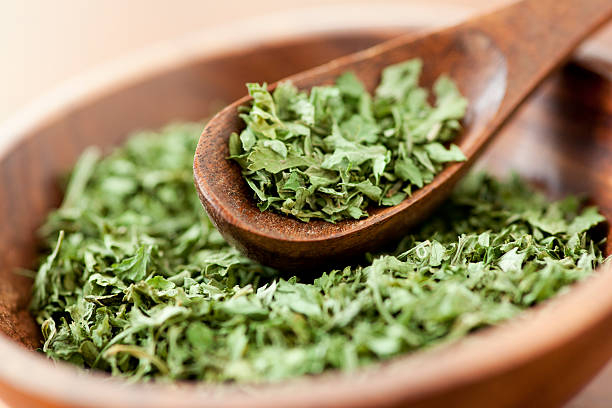
Have antibacterial properties









